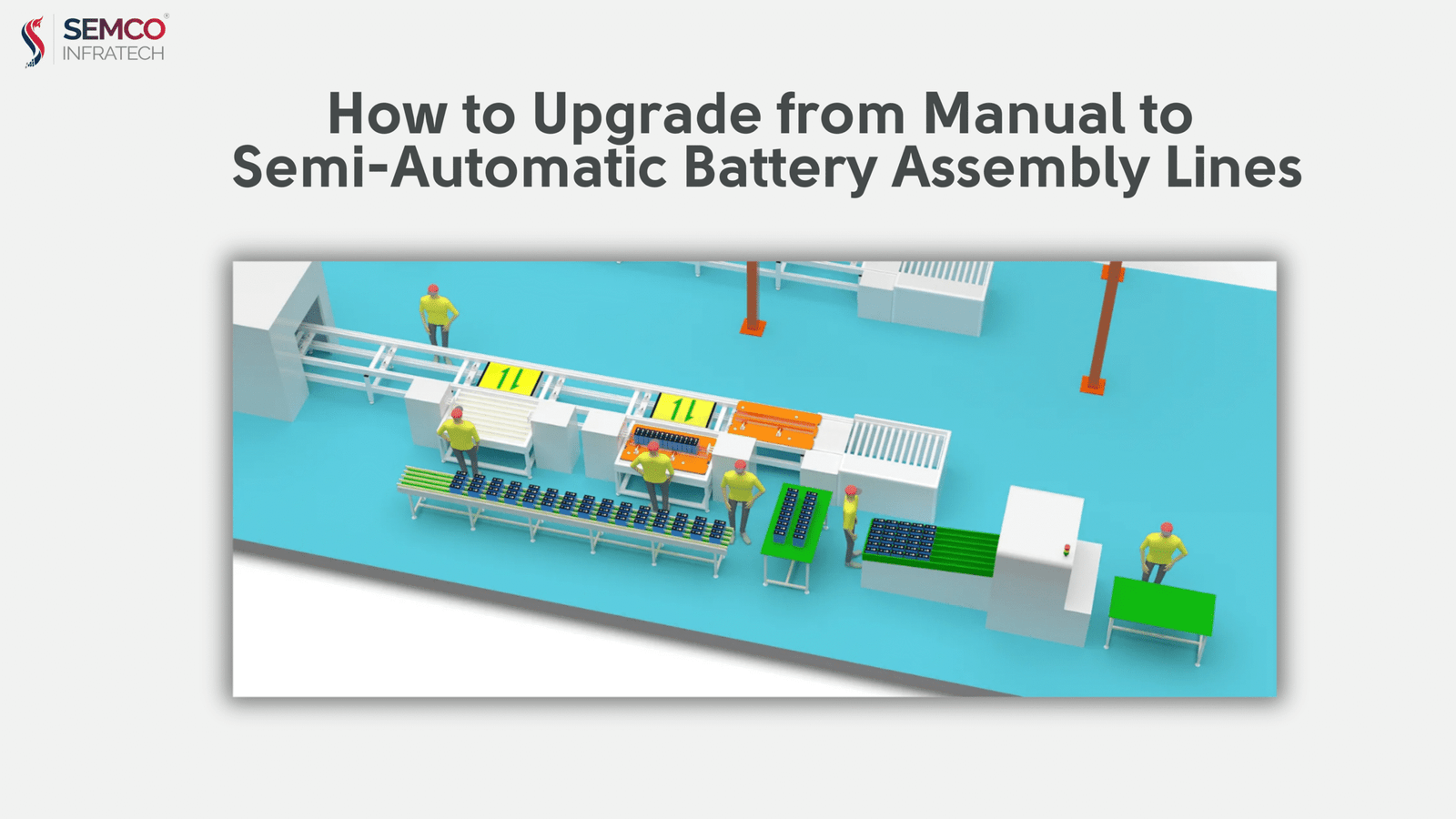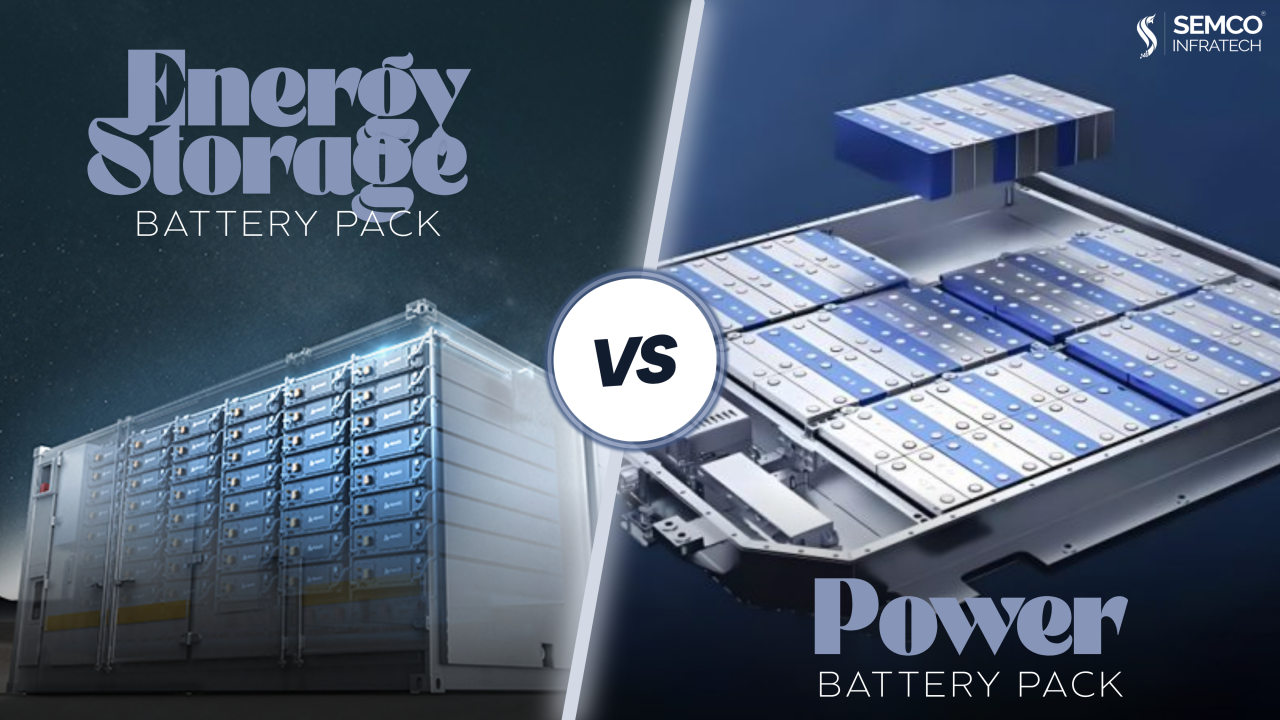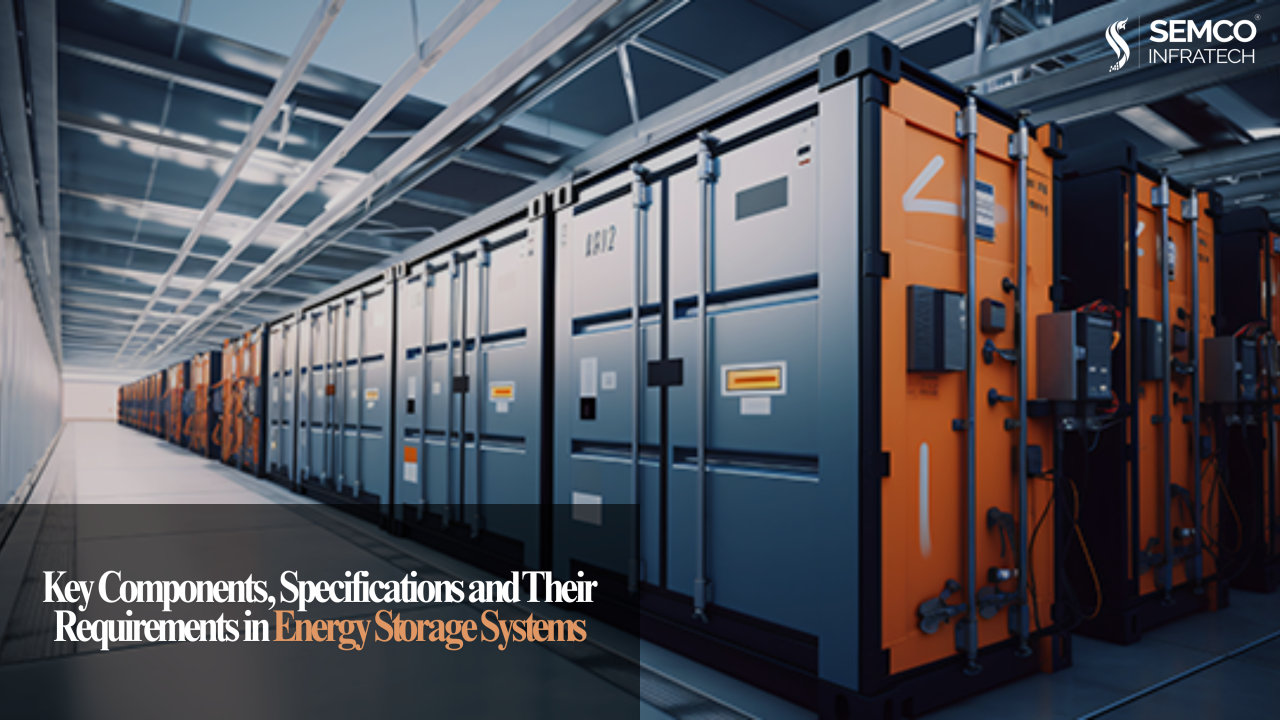The battery industry is growing at lightning speed. Electric vehicles, renewable energy storage, and consumer electronics are all fueling an unprecedented demand for high-quality battery packs. For many manufacturers, the journey begins with manual battery assembly — a cost-effective way to start small.
But as demand grows, manual methods often hit a ceiling. Production slows down, quality becomes inconsistent, and safety risks increase. That’s when manufacturers start exploring the next logical step: upgrading to a semi-automatic battery pack assembly line.
This blog explores why that upgrade matters, what it looks like in practice, how much it costs, and how it can prepare your business for the future of energy storage.
Why Manual Assembly Isn’t Enough Anymore
Manual assembly has its place. It’s affordable and flexible, which makes it perfect for prototyping or low-volume orders. But in today’s competitive market, the limitations are clear:
- Inconsistent quality due to human error
- Slower production speeds, limiting scalability
- Higher safety risks when handling lithium cells
- Rising labor costs as production scales
These issues not only hurt efficiency but also put companies at risk of losing projects to competitors with faster, more reliable systems.
Why Upgrade to a Semi-Automatic Battery Pack Assembly Line?
A semi-automatic battery pack assembly line strikes a balance between full automation and human oversight. Instead of replacing people, it assigns repetitive, precision-heavy tasks to machines while allowing operators to manage flexibility and complex steps.
Here’s what that means in practice:
- Better consistency – Automated welding, testing, and alignment improve quality.
- Higher throughput – Production can scale 2–3x compared to manual assembly.
- Safer operations – Machines reduce direct human contact with cells.
- Cost-effective investment – Lower than full automation while still reducing long-term labor costs.
In short: you get the benefits of automation without the heavy upfront investment of a fully automated plant.
Choosing the Right Assembly Line: Prismatic, Cylindrical, or Pouch
Not all batteries are created equal. The design of your line depends on the type of cell you’re working with:
- Prismatic battery pack assembly line: Uses rectangular cells, common in EVs and grid storage. Requires specialized fixtures for stacking and compression.
- Cylindrical cell lines: Ideal for cells like 18650 or 21700. Focused on high-speed welding and grouping.
- Pouch cell lines: Require delicate handling, lamination, and sealing to prevent damage.
This choice impacts not just equipment but also the battery pack assembly line cost — prismatic setups, for example, often require more robust machinery.
Inside a Semi-Automatic Lithium Battery Pack Assembly Line
So, what does production actually look like? A typical lithium battery pack assembly line includes:
- Cell Sorting & Testing – Machines measure voltage, capacity, and resistance.
- Cell Stacking or Grouping – Automated fixtures align cells into modules.
- Welding – Semi-automatic laser or ultrasonic welders create strong, precise connections.
- Module Assembly – Operators load cells while machines ensure insulation and compression.
- BMS Integration – Wiring and sensors added with machine assistance for accuracy.
- Final Testing & Aging – Semi-automatic testers validate performance before packs ship.
This hybrid workflow combines human decision-making with machine precision.
Understanding Battery Pack Assembly Line Cost
When planning the upgrade, one of the most common questions is: How much does it cost?
The battery pack assembly line cost depends on:
- Level of automation – Semi-automatic is 30–50% cheaper than fully automated.
- Cell format – A prismatic battery pack assembly line usually costs more than cylindrical setups.
- Production capacity – Higher output = more machines and higher cost.
- Testing features – Integrated testers add cost but reduce long-term warranty risks.
The good news? Semi-automation often cuts labor costs by 40% while improving quality — making it a highly cost-efficient move.
Challenges in the Transition
Moving from manual to semi-automatic isn’t just about buying machines. Companies should also plan for:
- Capital investment – Even semi-automation requires upfront spending.
- Operator training – Teams need to learn how to run new machines and software.
- Process integration – Transition should minimize downtime.
- Scalability – Systems should be expandable toward full automation in the future.
The Bigger Picture: Preparing for the Future
For many manufacturers, a semi-automatic lithium battery pack assembly line isn’t the final step — it’s a stepping stone. As demand grows and automation technology becomes more affordable, companies can gradually add more automated stations until they achieve full automation.
Future lines will likely integrate AI-driven BMS systems, digital twins, and robotic automation, making them smarter and more efficient than anything we see today.
Conclusion
Upgrading from manual to semi-automatic battery pack assembly lines is no longer optional for manufacturers who want to stay competitive. It’s the sweet spot between cost, efficiency, and flexibility. Whether you’re designing a prismatic battery pack assembly line for EVs or a lithium battery pack assembly line for stationary storage, semi-automation is the practical next step. It lowers costs, boosts quality, and positions your business for the transition to full automation.
The future of energy storage belongs to companies that can scale smartly. Semi-automation is how you get there.





